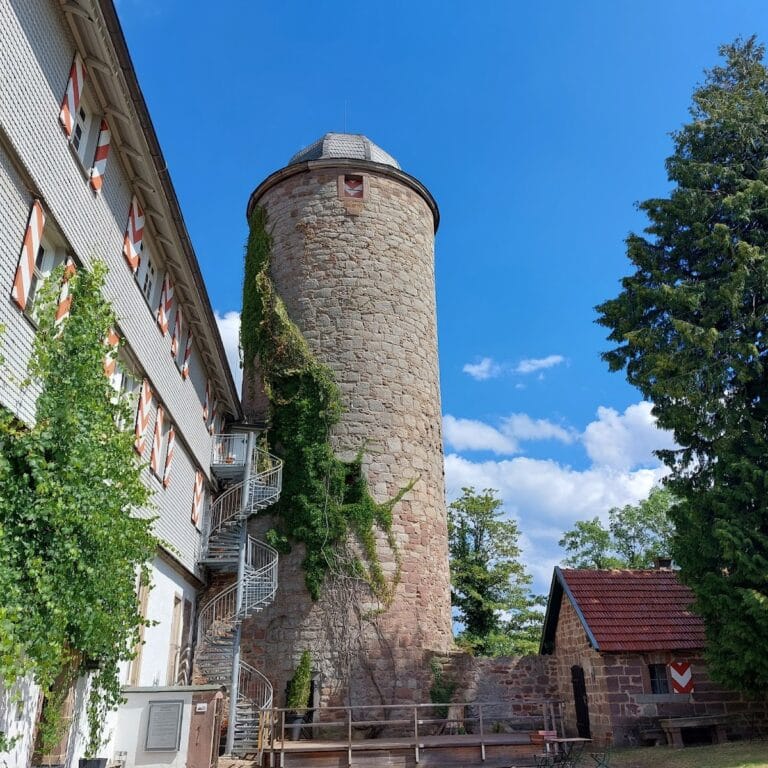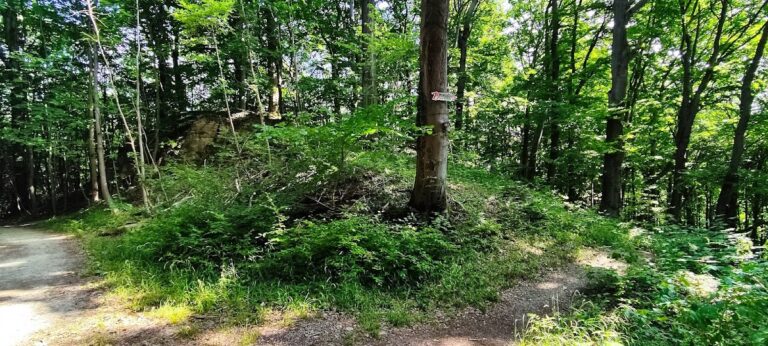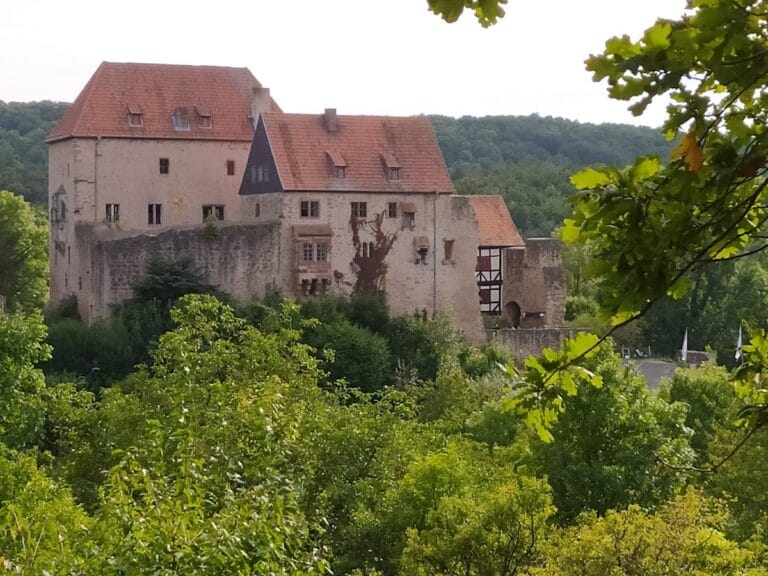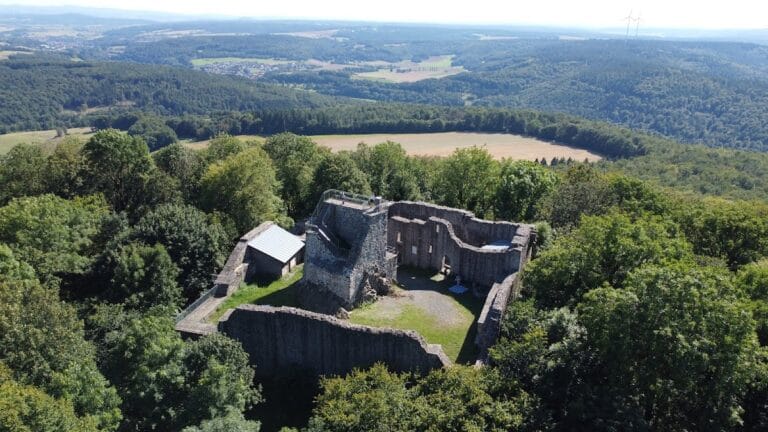Schloss Ludwigseck: A Historic Castle in Ludwigsau, Germany
Visitor Information
Google Rating: 4.7
Popularity: Very Low
Google Maps: View on Google Maps
Country: Germany
Civilization: Unclassified
Remains: Military
History
Schloss Ludwigseck is located in the municipality of Ludwigsau, Germany. This castle was constructed by members of the Germanic civilization in the early 15th century under the directive of Landgrave Ludwig I of Hesse.
The building of the castle began as a fortified stronghold intended to assert political pressure on the neighboring Hersfeld Abbey. The knights Eckhard II. and Friedrich von Röhrenfurth along with their cousins Heinrich and Hermann von Holzheim, all hereditary marshals and advisors to the Landgrave, oversaw its construction, which was completed in 1419. During this period, the abbey’s abbot Hermann II of Altenburg recognized the Landgrave’s right to establish the castle on land associated with the abbey, reflecting an unusual acceptance amidst the tensions of the time.
Following its completion, the castle was initially granted as a fief to the families of its builders. From 1432, ownership began to transition through inheritance until it was fully controlled by the barons of Riedesel zu Eisenbach by 1449. The Riedesel family maintained possession of Schloss Ludwigseck for several centuries, anchoring it within their estate.
The castle sustained major damage during the Thirty Years’ War, a widespread conflict in Europe from 1618 to 1648. Around 1677, it was reconstructed to restore its defensive and residential functions. Nevertheless, by the 18th century, the castle again fell into a state of neglect and disrepair.
A significant revival occurred in the mid-19th century when members of the Riedesel family, Ludwig and Wilhelmine, undertook efforts to make the castle habitable once more. In 1856, the architect Hugo von Ritgen was commissioned to renovate and remodel the building in the historicist style popular at that time, blending restoration with elements inspired by historical architecture.
Schloss Ludwigseck remained under the stewardship of the Riedesel family until the 1980s, when ownership passed to the von und zu Gilsa family. This family continues to privately occupy the castle today. Over the centuries, Schloss Ludwigseck has been recognized as one of the last fortified castles constructed in Germany, marking the end of an era in castle building.
Remains
The castle occupies a commanding position on a hill approximately 441 meters above sea level, perched on a spur descending southwest from the Dammskopf. This elevation provided a strategic vantage point over the Oberlauftal valley and the Rohrbach stream, between the villages of Ersrode, Beenhausen, and Sterkelshausen in northeastern Hesse.
Originally built as a fortress designed for defense, the castle’s layout adapted to the natural landscape of the hillside, securing control of the surrounding area. The nearby basalt rock formation known as Atzelstein lies about 200 meters to the north, adding to the castle’s natural fortifications. The structure itself was constructed on this elevated spur to maximize its protective capabilities and oversight of local routes.
Architecturally, Schloss Ludwigseck underwent restoration and remodeling in 1856 under the direction of Hugo von Ritgen, who applied elements of the historicist style. This approach sought to revive traditional medieval forms and styles in a contemporary renovation, blending preservation with 19th-century aesthetic trends.
A forester’s house dating from the 17th century was situated in front of the castle’s courtyard and formed part of its extended complex. This ancillary building served practical purposes related to managing the surrounding forest and grounds. Unfortunately, this 17th-century structure was destroyed in a fire on 27 February 2011, leaving only the main castle intact.
The castle grounds are accessible via regional roads, with the Landesstraße 3253 running west-southwest below the hill and linking to the L 3254 road that connects nearby villages. These routes historically supported the castle’s connection to surrounding settlements.
Today, Schloss Ludwigseck stands as a privately owned residence, retaining much of its historic character shaped by centuries of construction, war, reconstruction, and restoration. The original fortified nature of the castle remains reflected in its hilltop setting and structural form, albeit adapted through various phases of repair and stylistic renovation.







